 spieth12@spiethstorage.com
spieth12@spiethstorage.com +86 18006010205
+86 18006010205
LATEST NEWS
-
Time:9/16/2025
-
Time:9/15/2025
-
Time:9/10/2025
-
Time:9/5/2025
-
Time:9/2/2025
CONTACT US
-
 Tel : +86 18006010205
Tel : +86 18006010205
-
 E-mail : spieth12@spiethstorage.com
E-mail : spieth12@spiethstorage.com
-
 Address : Tongan Park, Tongan District, Xiamen, China 361023
Address : Tongan Park, Tongan District, Xiamen, China 361023
Product News
Double Deep Pallet Racking Dimensions and Forklift Requirements
 Time:4/2/2025
Time:4/2/2025 686
686Double deep pallet racking is a high-density storage system designed to maximize warehouse space by storing pallets two-deep. Compared to single-deep racking, this system increases storage capacity but requires specialized forklifts for accessing rear pallets. Below are detailed dimensions and forklift specifications for double deep racking.

Standard Dimensions for Double Deep Pallet Racking
The dimensions of double deep racking can vary depending on warehouse needs and manufacturer specifications. However, the following are common industry standards:
Frame Height: Typically ranges from 144 inches (12 feet) to 480 inches (40 feet), depending on the warehouse ceiling height and storage requirements.
Frame Depth: Usually between 42 inches and 48 inches. A 42-inch depth is suitable for standard pallets, while 48 inches is used for larger pallet sizes.
Beam Length: Ranges from 96 inches (8 feet) to 144 inches (12 feet). A 96-inch beam can accommodate two pallets per level, while a 144-inch beam can store three pallets per level.
Beam Height: Typically between 3 inches and 6 inches, depending on the weight capacity needed.
Total Rack Depth: Since double deep racking holds two pallets per slot, the total depth is generally between 96 inches and 100 inches to accommodate two standard 48-inch pallets plus clearance space.
Suitable Pallet Sizes
Double deep racking is commonly used with standard 48-inch x 40-inch pallets. The total depth of the racking should be slightly more than twice the pallet depth to ensure proper loading and unloading.
Forklift Requirements for Double Deep Racking
Because the rear pallet is not directly accessible, standard forklifts are not suitable for this system. Instead, double-deep reach trucks or forklifts with telescopic forks are required. These forklifts have extended forks that allow them to retrieve pallets stored in the second position.
Double-Deep Reach Truck: Common models include the Toyota RRE120B and Raymond 7500. These forklifts typically have fork lengths between 42 inches and 54 inches and lifting heights ranging from 216 inches (18 feet) to 400 inches (33 feet).
Reach Forklift with Telescopic Forks: Popular models include the Crown RR 5700 and Jungheinrich ETV series. These forklifts have fork lengths between 42 inches and 60 inches and can lift up to 480 inches (40 feet).
Aisle Width Requirements
Double deep racking systems require narrower aisles than conventional pallet racking, optimizing warehouse space utilization.
The recommended aisle width for double-deep forklifts is between 108 inches (9 feet) and 144 inches (12 feet).
Operators must be well-trained to handle deep-reach forklifts efficiently, as retrieving pallets from the back position requires precision.
Advantages and Disadvantages of Double Deep Racking
Advantages
Increases storage density by up to 30-40% compared to single-deep racking.
Reduces aisle space requirements, allowing for better warehouse space utilization.
Ideal for bulk storage and low SKU (Stock Keeping Unit) operations, such as food distribution, electronics, and automotive parts.
Disadvantages
Limited access to rear pallets, making it less suitable for First-In, First-Out (FIFO) inventory management.
Requires specialized forklifts, which increases equipment costs.
More complex forklift operations, requiring skilled operators.
Send Message
ONLINE SERVICE
-

-
 +86 18006010205
+86 18006010205 -
 +86 18006010205
+86 18006010205
 0
0
Browsing History







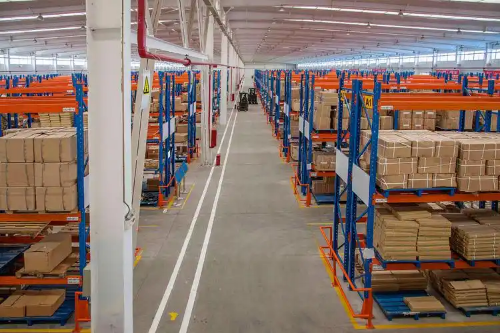
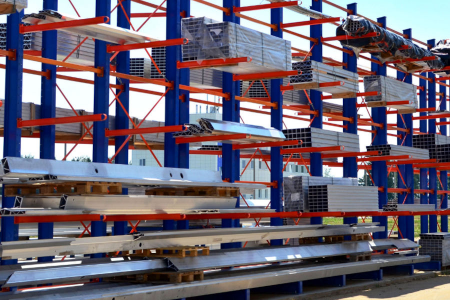
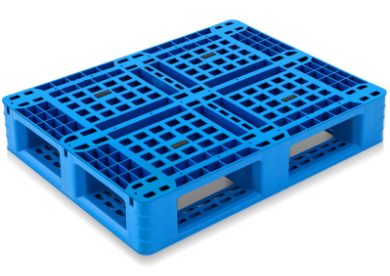
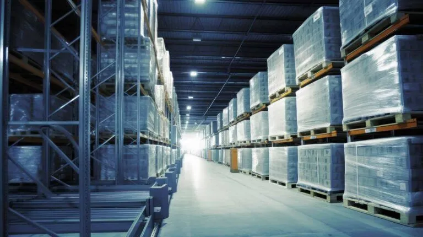
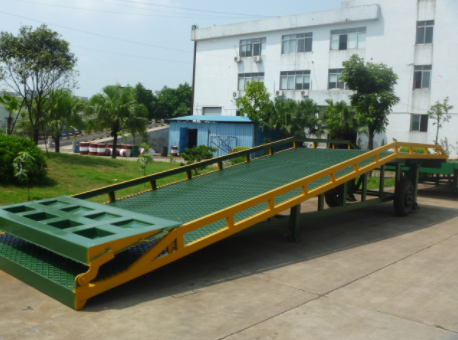






 link:
link:




